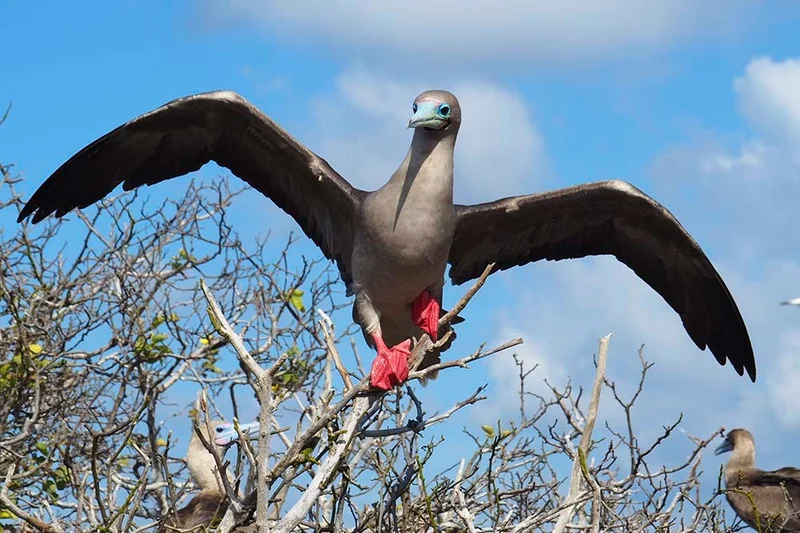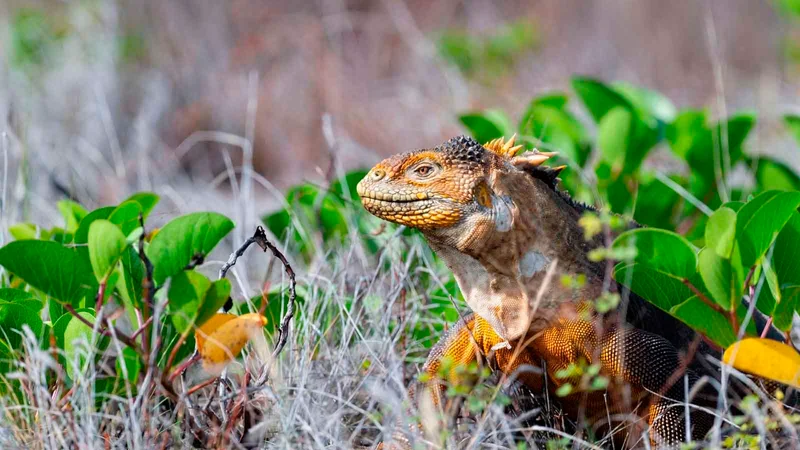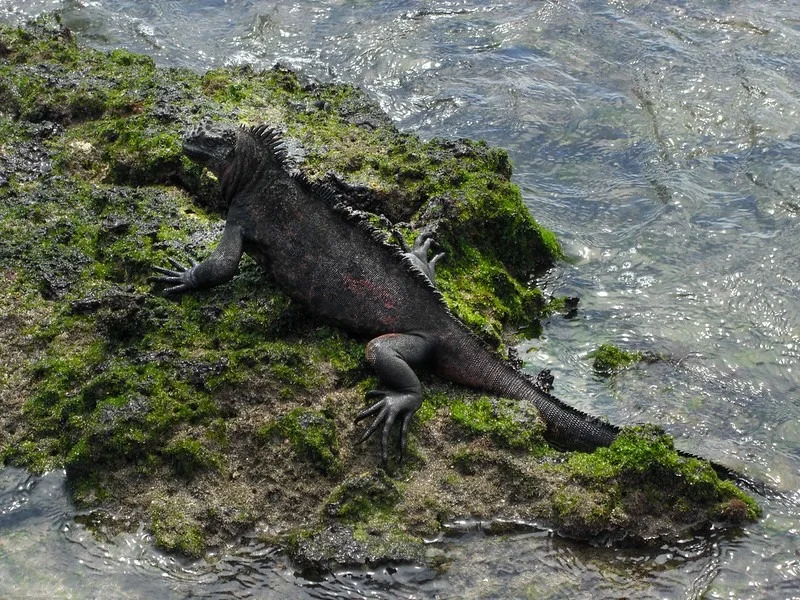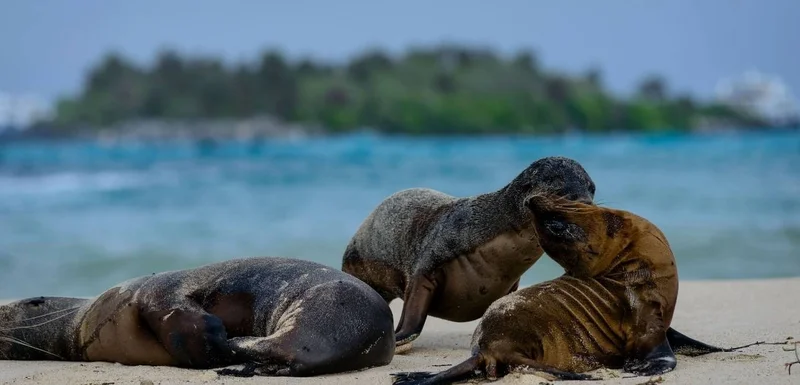
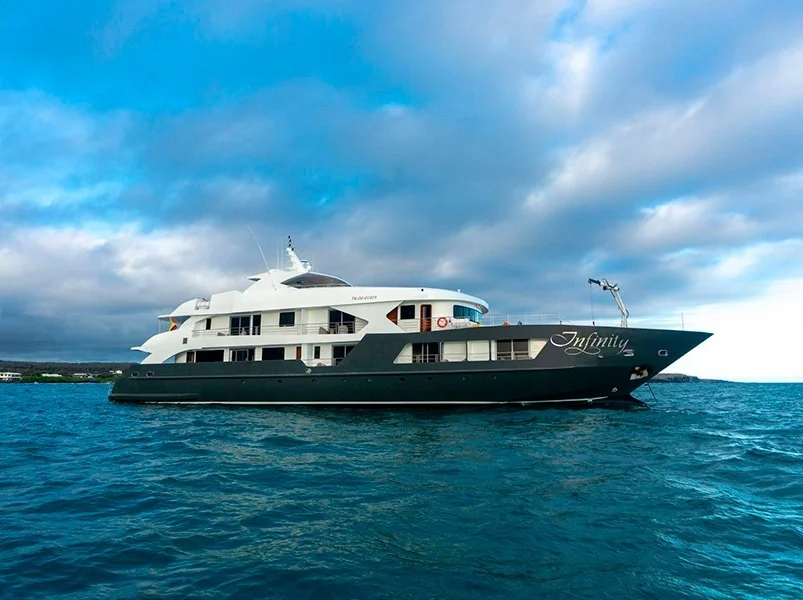
8 Day Galapagos Itinerary
Day 1: San Cristobal Island: Breeding Center
Arrival from Mainland, your friendly guides will be expecting you outside customs to begin your wonderful Galapagos adventure.
Breeding Center
One of the newest visitor sites in San Cristobal Island, one hour by road from Puerto Baquerizo Moreno. During your visit to this Breeding Center, you will be able to admire the hatchling turtles from their birth until they reach 120 days old when they’re taken to their natural habitat.
Day 2: Santa Fe Island & Plazas Island
Santa Fe Island
Santa Fe (Barrington) is home to the small picturesque bay on the island’s northeast coast; it has two visitor trails, one leading to a scenic viewpoint atop a cliff, and the other spanning from a small beach to a tall prickly pear cactus forest. See Land Iguanas’ colonies.
Plazas Island
This small island with steep cliffs was formed by rising lava and is now covered byOpuntia cacti. It is also home to one of the largest Sea-Lion colonies in Galapagos as well as colorful yellow and red Land-Iguanas. During the rainy season its color is a greenish to yellowish tone and in the dry season (end of June through January) a bright red.
Day 3: Santa Cruz Island: Charles Darwin Station & Twin Craters
Charles Darwin Station
The World-famous Research Station is home to turtles ranging from 3-inches (new hatchlings) to 4-feet long! Subspecies of turtles interact with each other while the older turtles are familiarized to humans and gladly pose for a nice photo with site visitors. The babies are kept until they are about four years old and strong enough to survive on their own.
Twin Craters
In Spanish “Los Gemelos” are located opposite each other on both sides of the road leading from Puerto Ayora to Baltra. They aren’t real craters, these formations were created by the collapse of surface material in underground fissures and chambers. The views are truly breathtaking.
Day 4: Isabela Island: Sierra Negra Volcano & The Wetlands
Sierra Negra Volcano
The Sierra Negra Volcano boasts the largest basaltic caldera in Galapagos: 9 by 10 kilometers wide. It offers impressive views and the opportunity to observe seven different species of finch and a rich display of vegetation. The north side of the caldera provides evidence of its volcanic activity back in 2005.
The Wetlands
The Wetlands of Isabela Island are located near the Town of Puerto Villamil. They consist of swamps, lagoons and mangroves which are home to a variety of unique bird species such as white-cheeked pintails, whimbrels, common stilts, and gallinules.
Day 5: Isabela Island: Moreno Point & Tagus Cove
Moreno Point
Located near Elizabeth Bay on the west coast of Isabela Island. The plethora of birds seen during a dinghy ride along the striking rocky shores or a hike along path through lava rock leading to tide pools and mangroves create a birdwatcher’s delight: Flamingos, gallinules, pintail ducks. In the tide pools, white-tip sharks and green sea turtles can be spotted.
Tagus Cove
Located across from Fernandina Island near the Bolivar Channel dividing the two islands. This spot has been frequented by ships since the 1800’s using the area as an anchorage site. Trails winding by Lake Darwin up to a ridge display wonderful views. You can spot Flightless Cormorants and Endemic Penguins.
Day 6: Fernandina Island: Espinoza Point & Isabela Island: Vicente Roca Point
Fernandina Island: Espinoza Point
No foreign species have ever invaded Fernandina Island, and therefore it is one of the world’s most pristine island ecosystems. The volcano “La Cumbre” dominates the landscape with lava fields reaching the ocean. The island’s highlight features the Endemic Flightless Cormorant in their nesting site. This area provides a great opportunity to see the Galapagos Hawk and colonies of Marine Iguanas.
Isabela Island: Vicente Roca Point
Located on the northwestern coast of the island and comprised of two separate coves, this site is a large bay with spectacular sea life: Rays, Turtles, Seahorses, Puffer Fish and more. Also the strange, yet fascinating Mola mola (sunfish) may be spotted here. This bay is great for diving and snorkeling.
Day 7: Santiago Island: Espumilla Beach & Bartolome Island
Santiago Island: Espumilla Beach
Espumilla Beach is a popular spot for Marine Iguanas and Sally-Lightfoot crabs. The crabs attract the hunting herons performing the dance of predator and prey. With an abundance of marine life including Sharks, Octopi, Moray eels and more, snorkeling is a must on this location.
Bartolome Island
Home of the famous Pinnacle Rock, Bartolome is an extinct volcano with a variety of red, orange, black and even green volcanic formations. A trail of stairs leads to the summit of the volcano, boasting one of the best views of the islands. The beach is perfect for snorkeling to spot the Galapagos Penguin, Reef-sharks and hundreds of colorful fish.
Day 8: North Seymour Island
Magnificent frigate-birds, Sea-lions, Marine Iguanas and Blue-footed boobies are plentiful on North Seymour Island. The island was formed by a series of submarine lava containing layers of sediment that were uplifted by tectonic activity. The island is characterized by its arid vegetation zone.
After the morning excursion you will be taken to the airport for your flight to the mainland.
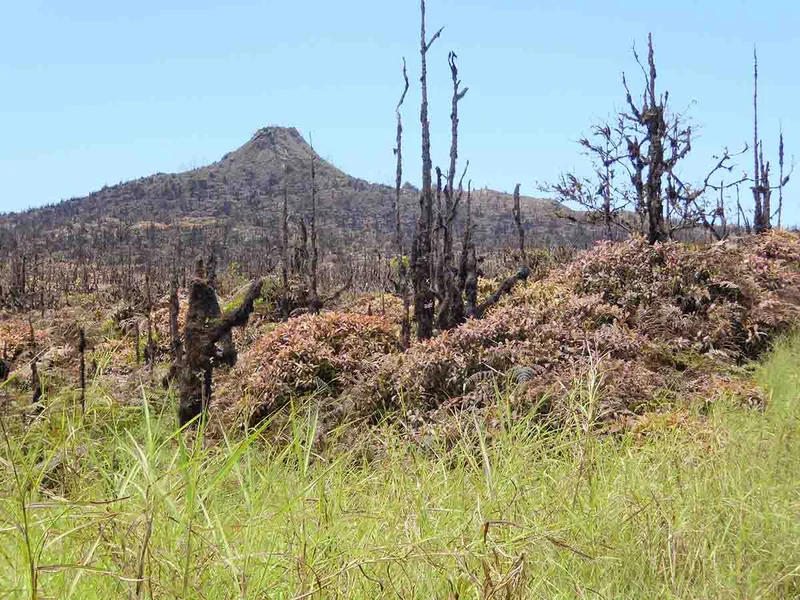
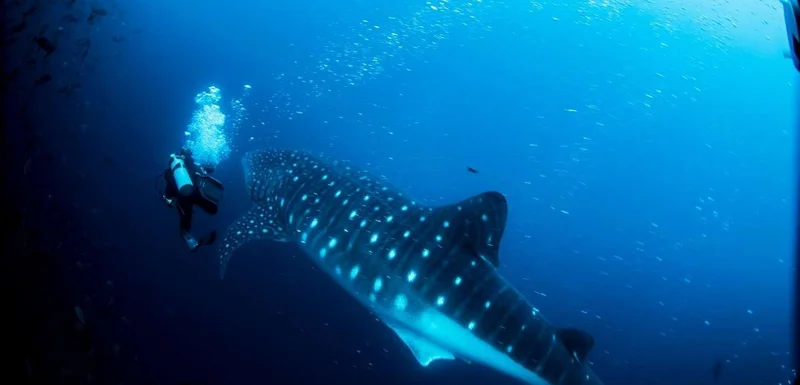
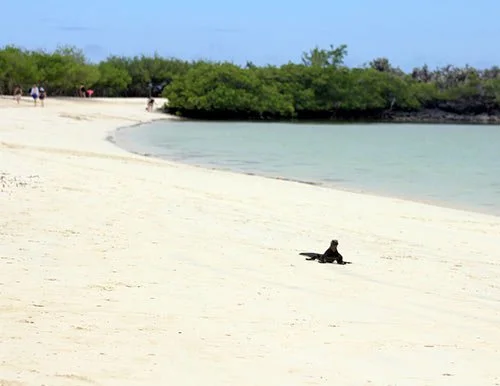
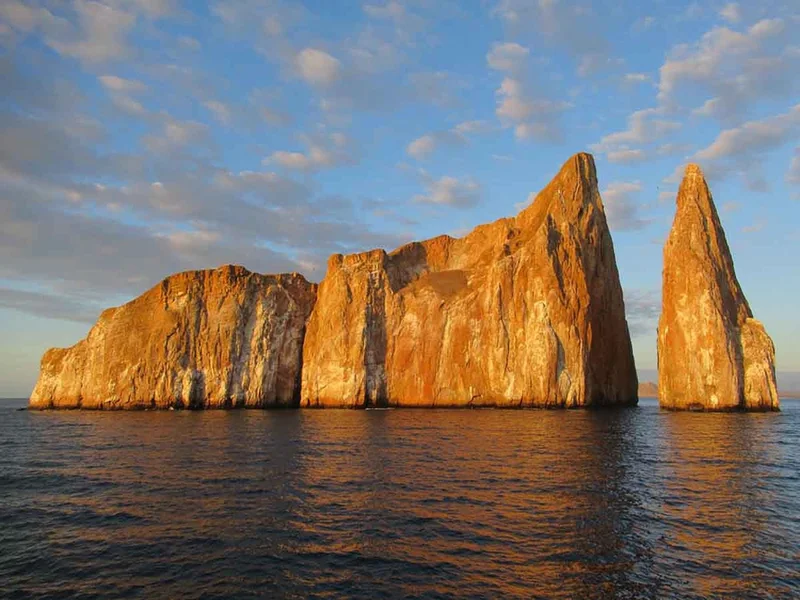
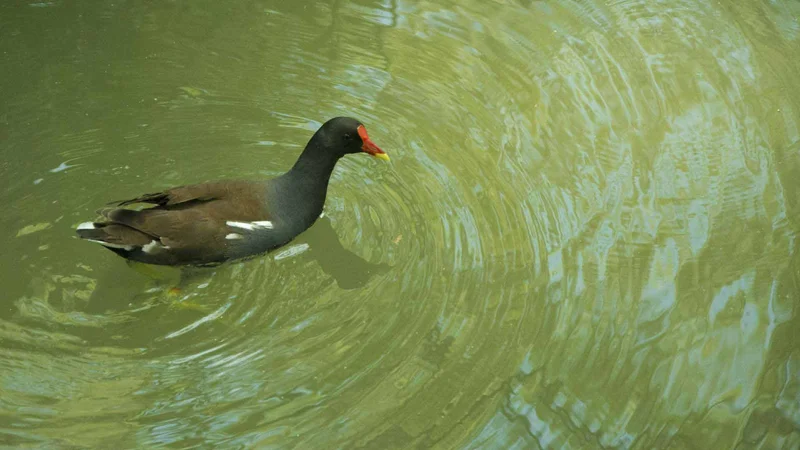
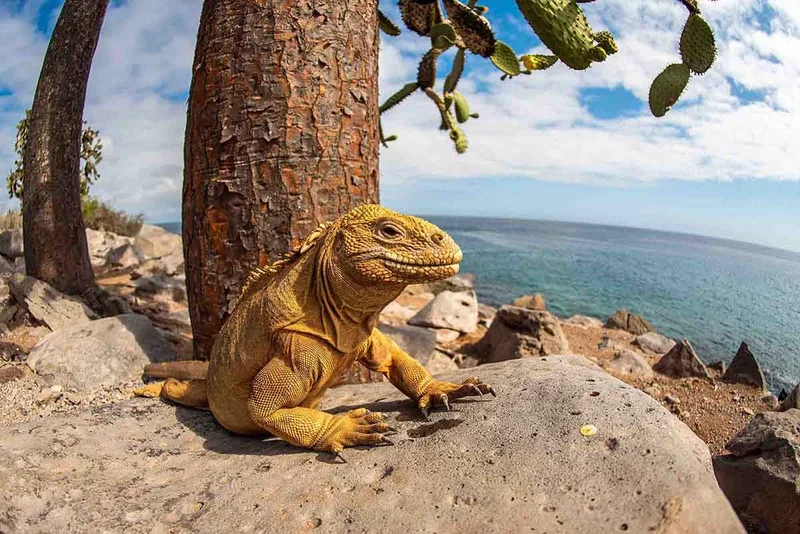
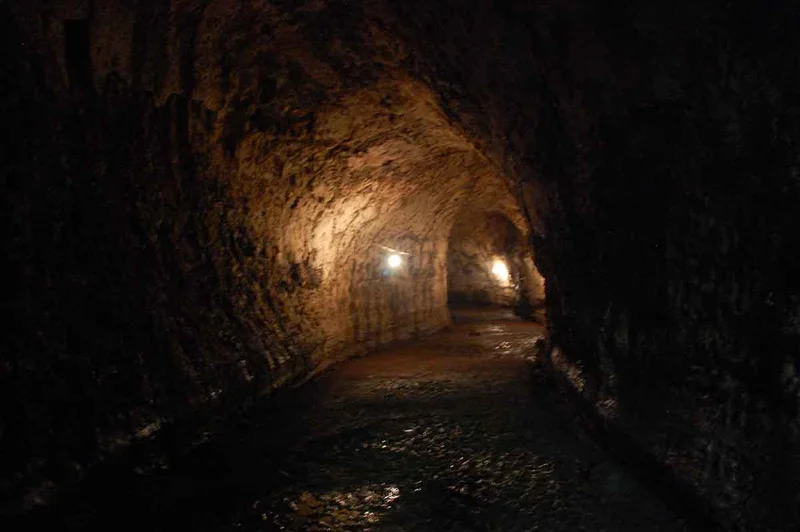
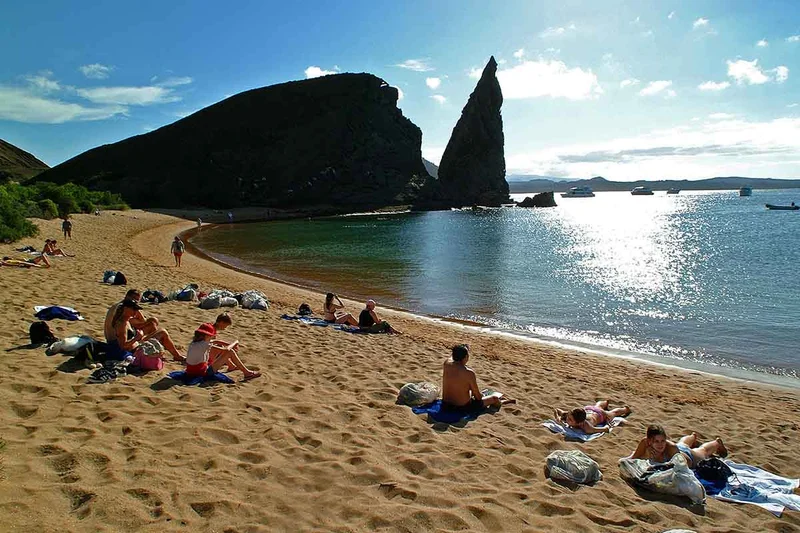
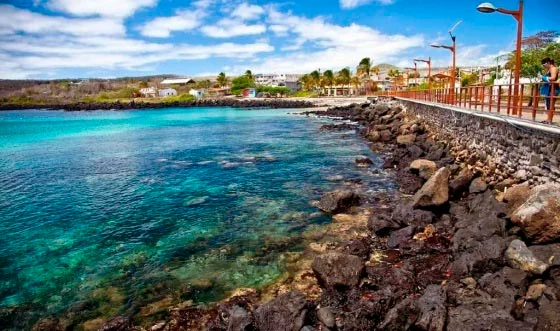
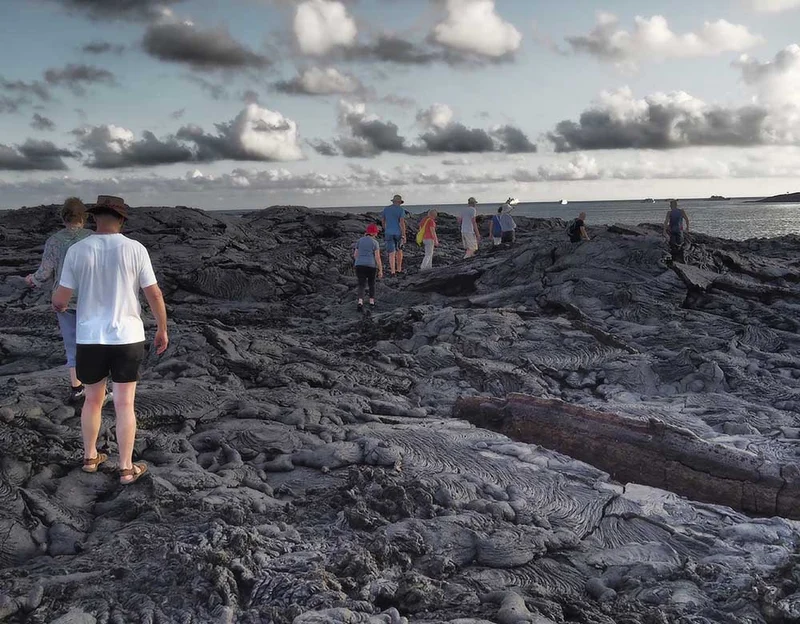
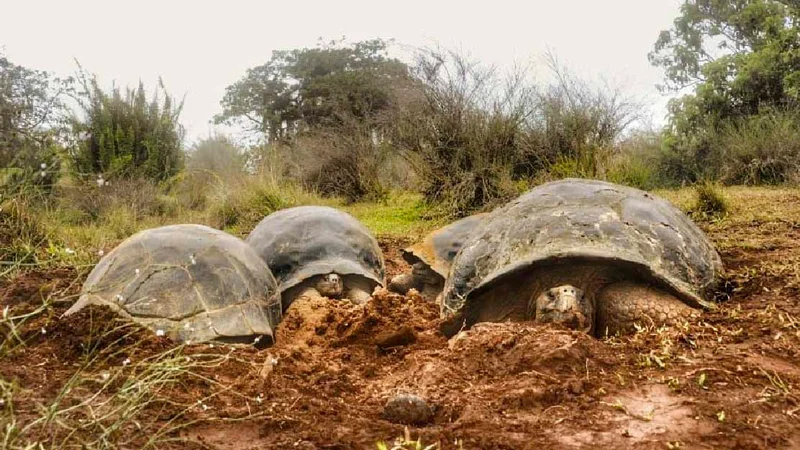
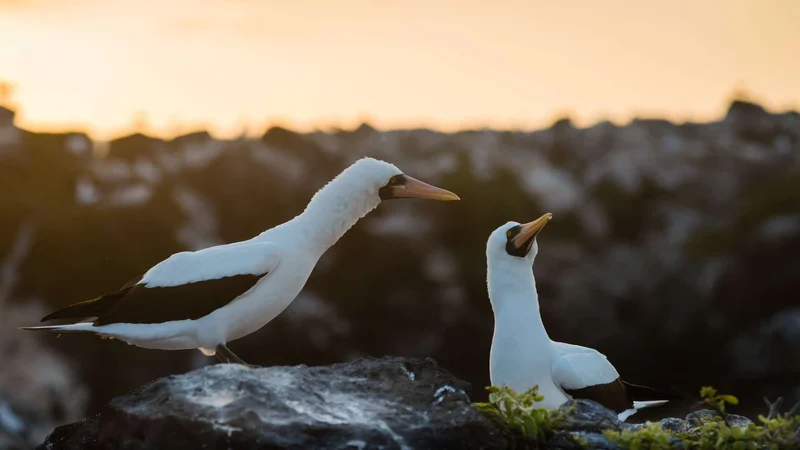
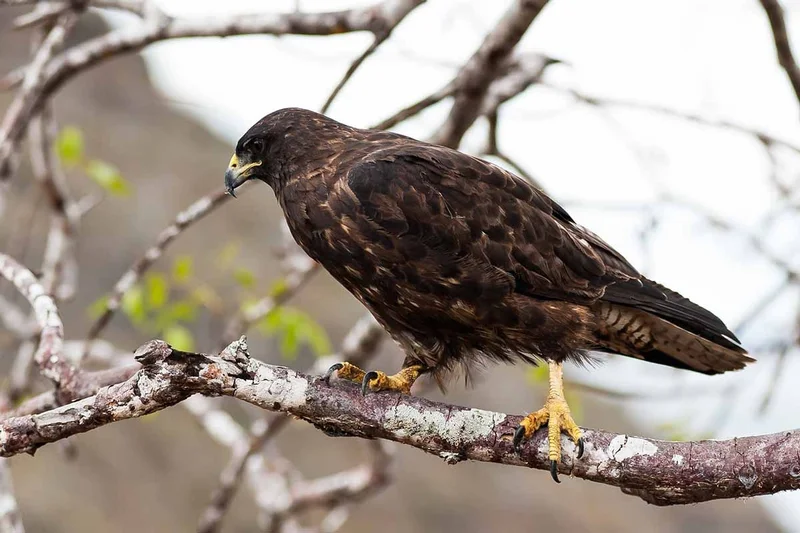
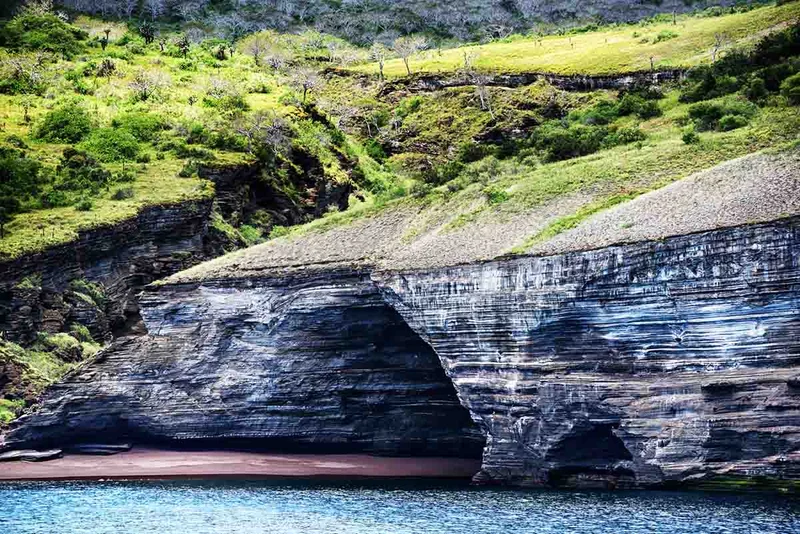
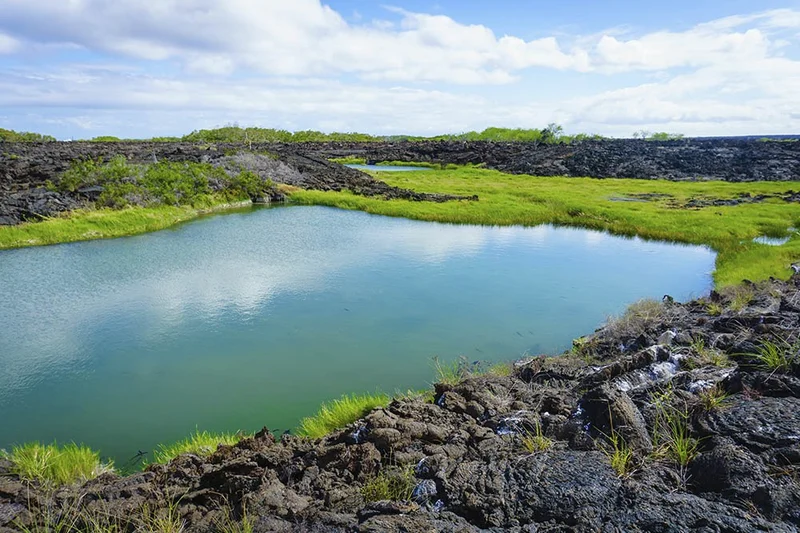
8 Day Galapagos Itinerary Includes
- All programed visits as per itinerary with specialized naturalist bilingual guide
- Accommodation in twin/double cabin with private facilities
- All meals on board, drinking purified water, coffee and tea
- Snorkeling equipment (fins, mask & snorkel) wet-suits & sea-kayaks
- Transfers within the islands on cruise dates as per itinerary
- Personalized 24/7 assistance during tour.
8 Day Galapagos Itinerary Does not Include
- Airfare to/from Galapagos from/to Mainland Ecuador (to be added)
- Galapagos National Park Entrance Fee US$200 per person (in cash only upon arrival)
- Galapagos Migration Card US$20 in cash per person (at Mainland’s Airport)
- Alcoholic/soft drinks, personal expenses, extras, and tips
- Travel, medical & cancelation insurance and any services on mainland
- International Flights to Ecuador
- Other services not specified in the program
8 Day Galapagos Itinerary Highlights
- Large and bright colored Land Iguanas at Santa Fe and Plaza.
- Walk around endangered Giant Tortoises at semi-wild state
- Swim with playful and curious Sea-Lions while enjoying the Marine Life of the Islands
- Encounter with the Flightless Cormorant at Fernandina
- Learn about evolution on every visitor´s site in your cruise
- Relax at the yacht’s Sun deck with your favorite drink while the sea breeze soothes your senses while sailing in this enchanted paradise
Itinerary Map
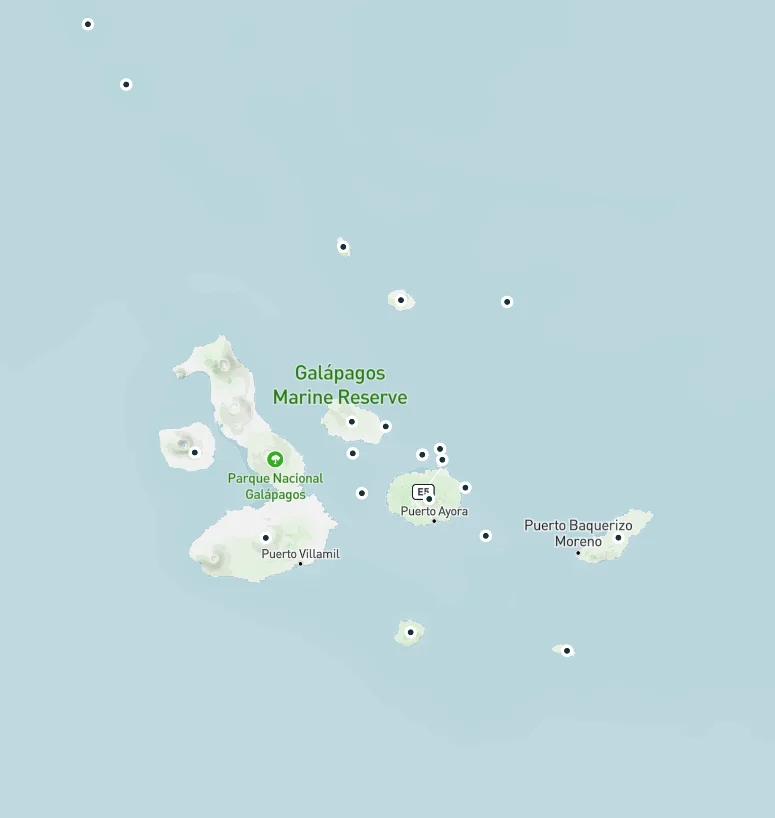
Dates & Promotions
Dates |
|---|
No data |
Reviews
Animals you might see on this itinerary:
More information about the Galapagos Islands you visit in this 8 day itinerary:
The Charm of the Western Islands Yacht Venture - Infinity Yacht
Why travel with us?
Similar Itineraries
